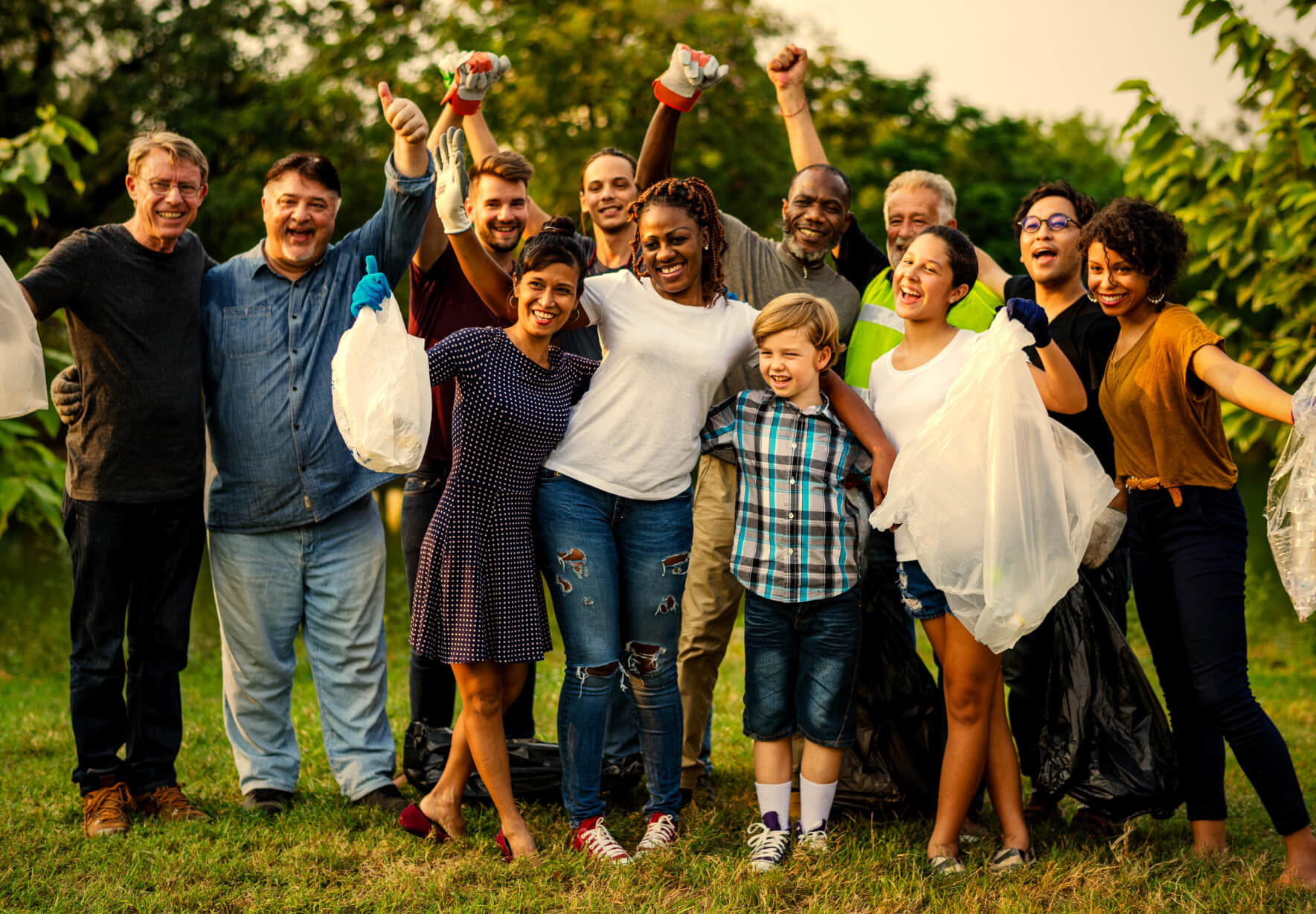Diversity means that people in the world we live in come from all over the world and we are all different. As humans, we are all individually different because of where we grow up, our gender, our race, as well as our age. Diversity also involves inclusion. The difference between diversity and inclusion is that diversity is about the qualities, values, and personalities of people, whilst inclusion is about how the culture or the norm of a group accepts different people into their group.
There are a number of benefits of thinking and acting in a diverse and inclusive way which include the following:
- Groups with greater racial diversity are likely to have wider perspectives in thinking.
- The greater the diversity of a group, the greater chance of developing creative ideas and solutions.
- If you are looking to attract new members to your group, the more diverse your thinking the more attractive your group is to others. Before joining a group, most people will look for how the group respects diversity and inclusion.
- When members of a group fully understand and appreciate the value of inclusion that the group wants to achieve, they will most likely rank their group higher, relative to other groups.
- From a company perspective in business, if the culture of that company has visible diversity and inclusion they are more likely to grab people’s attention, which will increase their sales.
Diversity Learned from a Young Age
Today, millions of people of all ages around the world continue to protest against racism. One of the key questions many adults ask is how to engage children in discussions about race? Many parents are using art, music and other interactive exercises to teach kids of all ages about racial differences. The idea comes from introducing art and music as methods to help communicate differences, as this does not challenge kids in any way, and instead brings about a better understanding of different cultures and races. It allows kids from a young age to respect differences by looking at diversity from an art and music perspective.
Diversity in Youth
In the United States, research has found that with many of the large youth development programs that were established from 1920 onwards within middle classes, traditional families, and dominant cultural groups, that there has been positive development with youths who were previously disrespected due to their social class, ability, sexuality, citizenship status, race, ethnicity, or culture. So, it has proven that modern youth development programs might be able to improve awareness and benefits with diversity and inclusion by reaching out to and including all groups from a youthful age.
Diversity & Inclusion in the Workplace
A diverse and inclusive workplace is a place where an employer makes sure to employ only people that respect diversity and inclusion. This will ensure that everyone in the workplace is on the same page and will be respected both inside and outside of the company for their cultural differences. They will also be able to reflect on the society around them more openly. Everyone is different from one another, which is displayed by the way we think and behave. This is because of differences such as race, gender, religious beliefs, upbringing and social hierarchy, all of which define the culture or society we live in. We are all different as individuals, which leaves gaps and opportunities for the company to identify and research to boost diverse and inclusive thinking in its workplace.
When thinking about diversity and inclusion, think about the benefits and opportunities for engaging with a wider group of people that can bring different ideas when taking on life’s challenges. Take the opportunity to help others respect racial and cultural diversity from a young age, as this will help you and others to be more aware of the benefits of diversity and inclusion. The earlier you embrace this idea, the quicker you will learn this important skill for your future career, as it is something future employers will look for in you.

